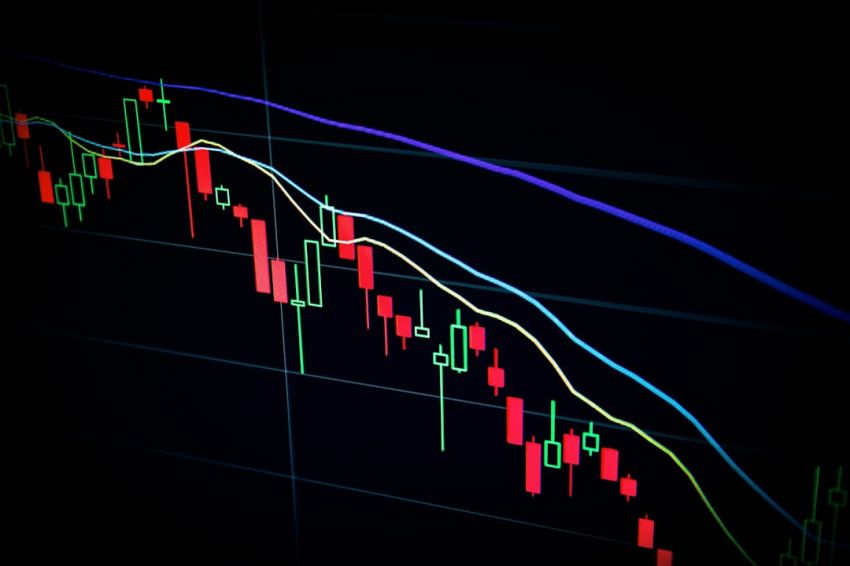Day trading is a popular trading style that involves buying and selling financial instruments within the same trading day. It requires quick decision-making, a good understanding of the market, and effective strategies to capitalize on short-term price movements. In the fast-paced world of day trading, having the right strategies can make all the difference between success and failure. Let’s explore some of the best day trading strategies that traders can utilize to improve their chances of making profitable trades.
Momentum Trading
Momentum trading is a strategy that involves trading based on the strength of an asset’s recent price movements. Traders using this strategy aim to capitalize on the continuation of an existing trend by buying assets that are showing strong upward momentum or selling assets that are experiencing a downward trend. By following the momentum of an asset, traders can potentially profit from the short-term movements in the market.
Breakout Trading
Breakout trading is a strategy that involves entering a trade when the price of an asset breaks through a significant level of support or resistance. Traders using this strategy look for key price levels where the price is likely to break out and then enter a trade in the direction of the breakout. Breakout trading can be an effective strategy for capturing large price movements in a short period of time.
Scalping
Scalping is a day trading strategy that involves making small, quick trades to profit from small price movements. Scalpers typically enter and exit trades within a matter of seconds or minutes, aiming to take advantage of small price fluctuations throughout the trading day. While scalping requires quick decision-making and precision, it can be a profitable strategy for traders who are able to execute trades efficiently.
Range Trading
Range trading is a strategy that involves identifying key levels of support and resistance and trading within a defined price range. Traders using this strategy aim to buy assets at the bottom of the range and sell at the top, profiting from the price movements within the range. Range trading can be a low-risk strategy for traders who are able to accurately identify and trade within the boundaries of the price range.
Reversal Trading
Reversal trading is a strategy that involves trading against the prevailing trend in anticipation of a reversal in the price direction. Traders using this strategy look for signs that the current trend is losing momentum and may be about to reverse, then enter a trade in the opposite direction. Reversal trading can be a profitable strategy for traders who are able to accurately identify potential trend reversals and enter trades at the right time.
Risk Management
Regardless of the day trading strategy you choose to implement, effective risk management is essential to protect your capital and maximize your profits. Setting stop-loss orders, managing position sizes, and diversifying your trades can help minimize potential losses and improve your overall trading performance. By incorporating risk management principles into your day trading strategy, you can increase your chances of long-term success in the market.
In conclusion, day trading can be a challenging but rewarding endeavor for traders looking to capitalize on short-term price movements in the market. By utilizing the best day trading strategies, such as momentum trading, breakout trading, scalping, range trading, and reversal trading, traders can improve their chances of making profitable trades and achieving their financial goals. Remember to always prioritize risk management and stay disciplined in your trading approach to maximize your chances of success in the competitive world of day trading.










